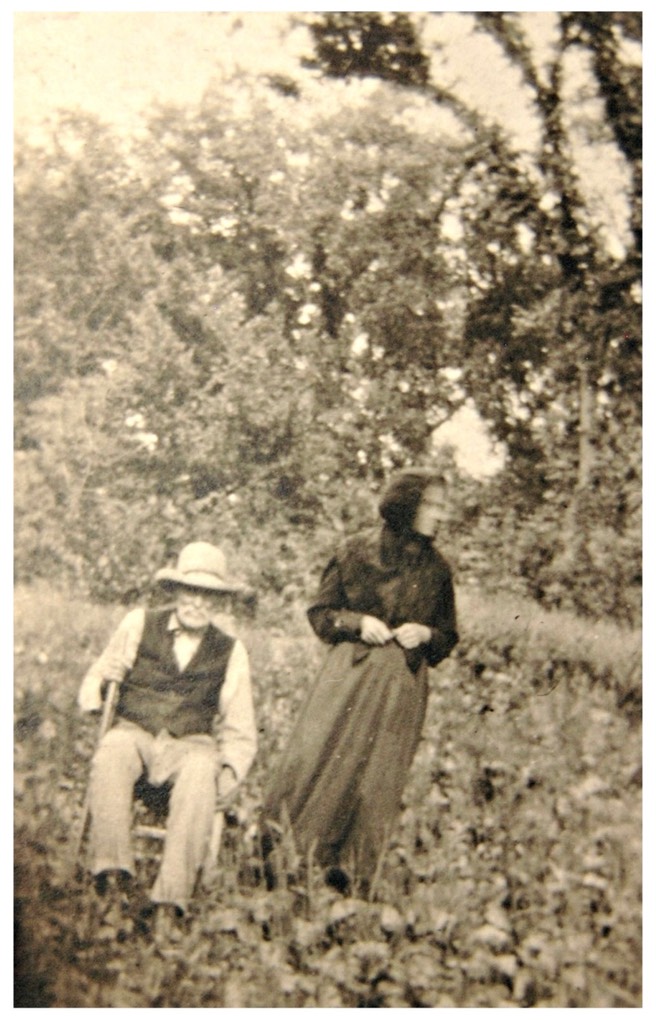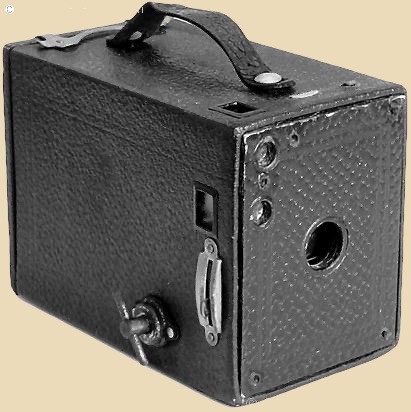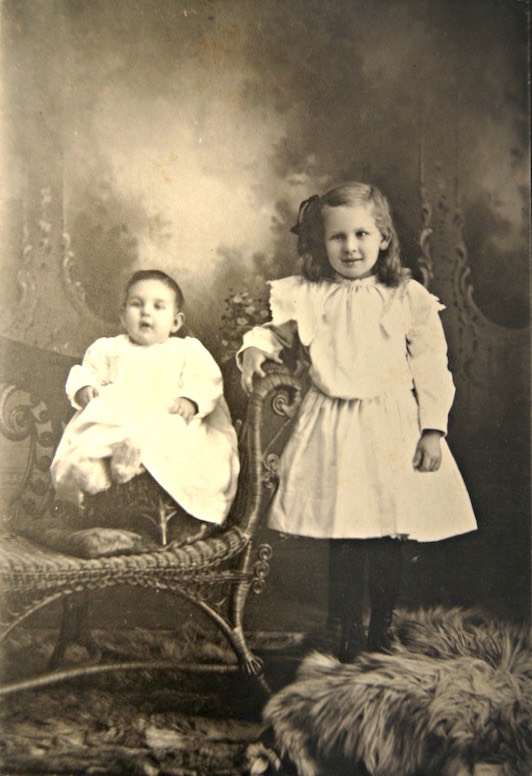A few weeks ago while chatting by phone with Phil Thornton about Thomas Lovewell’s adventures in Wyoming, I discovered that we had independently come to the same conclusion concerning an event that happened in 1902. When Thomas famously dropped in on his cousin, Professor Joseph Taplin Lovewell of Topeka, we not only know what they talked about, but have a pretty good idea of what Thomas wore on the occasion.

As reported in the local press, the agenda included a sizable helping of family history, most of it accurate. Both men were well aware of being descended from a hero of the Colonial era, Captain John Lovewell, through his son Nehemiah. While both also seemed to claim kinship with an earlier ancestor who arrived in the New World calling himself Robert Lovell, in this, they were mistaken.
The conversation no doubt came around eventually to the subject of gold, because Professor Lovewell recently had written about the gold content of abundant shale deposits in Thomas Lovewell’s neighborhood, while Thomas had just returned from a prospecting expedition in southeastern Wyoming.
As for what Thomas was wearing that day, we only need to look at a picture taken around this time by his daughter Mary. In the photo he’s shown seated, relaxing in his garden near his wife Orel Jane, sporting the handsome vest and stylish Western hat of a man in comfortable circumstances who might soon strike it rich.
We know what kind of camera Mary Stofer probably used because the photograph is rectangular rather than square.

Eastman Kodak had unveiled the new Brownie No. 2 late in 1901, just in time for Christmas and for making a photographic record of the Stofers’ daughter Ethyle, the first of Ben and Mary Stofer’s children to thrive.
The Stofers were living in Oklahoma now and would need to send pictures to their Stofer and Lovewell relatives back in Kansas. On a visit to Jewell County to show off her new daughter, Mary probably snapped the picture of her parents shortly after Thomas returned from his mining claims in Wyoming and just before he was to board a train bound for Topeka.
With their Brownie lineup, marvels of ingenious simplicity costing a mere one dollar apiece, Kodak put modern photographic technology in the hands of hundreds of thousands of young parents all at once. The cameras were not without inherent pitfalls, however.
The Brownie No. 2 contained two viewfinders, one for vertical scenes, another for landscapes. It was held about chest level with the photographer arranging his shot by peering into a piece of glass that was smaller than a postage stamp. Not only was it difficult to hold the black box perfectly level, but the act of sweeping a thumb across the shutter lever often jiggled the apparatus just a bit, or made it lean further off-kilter.
Mary Stofer’s results were typical. Not only do people seem to be in imminent danger of toppling over, but the overall image is blurred slightly by camera movement. Orel Jane has made her own contribution to the blurriness by deciding to turn her head at the last moment. When perfection was paramount, there was always the local studio professional, such as the one who recorded the addition of baby Bennie to the Stofer household in 1904.
On the other hand, without that cheap Kodak we’d have no idea that when Thomas Lovewell decided to visit his city cousin, he first stopped at a Western outfitter’s establishment to dress for the part. The same camera also revealed something we otherwise might not have suspected about Orel Jane, but that will wait for another time.
